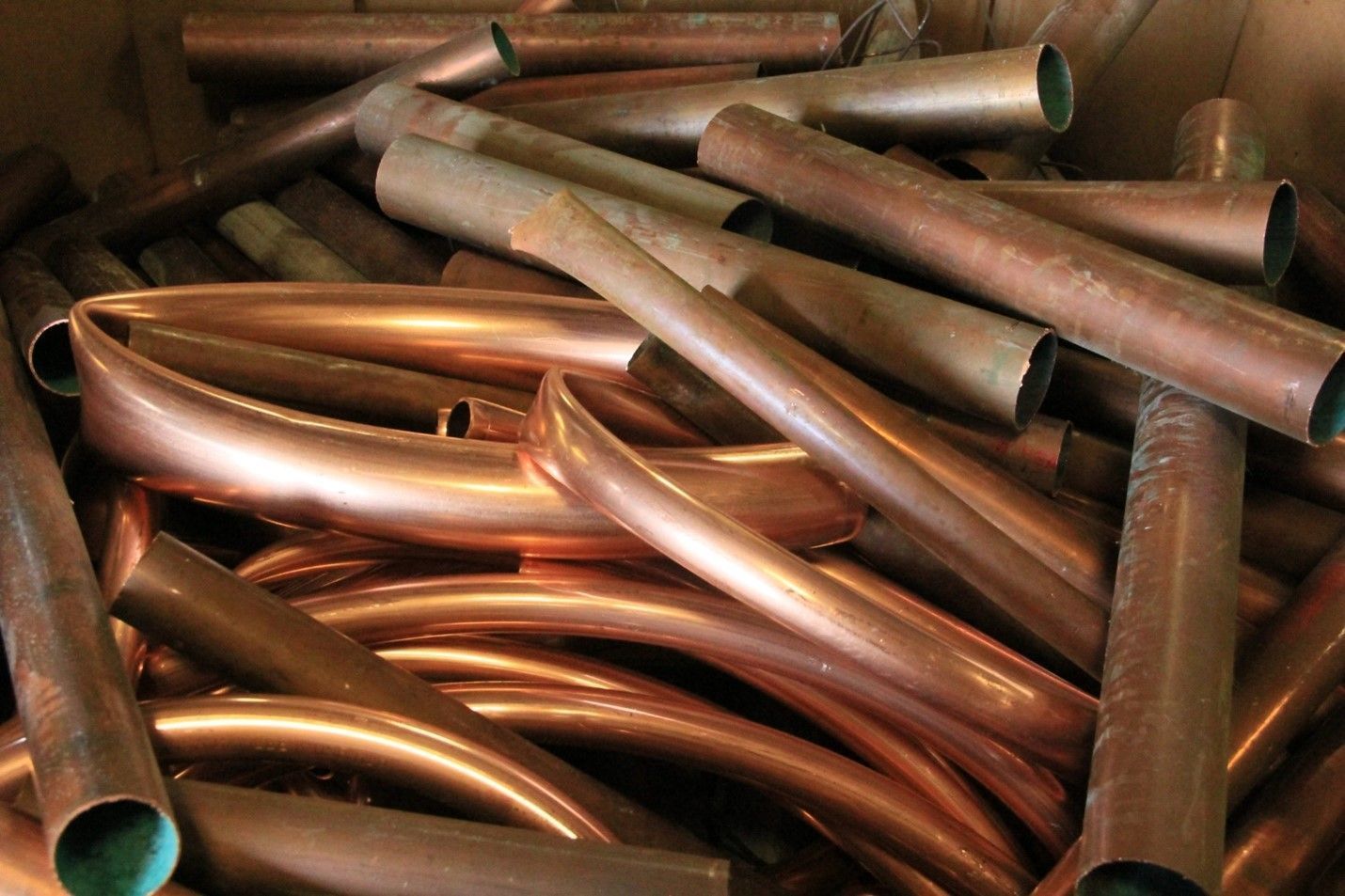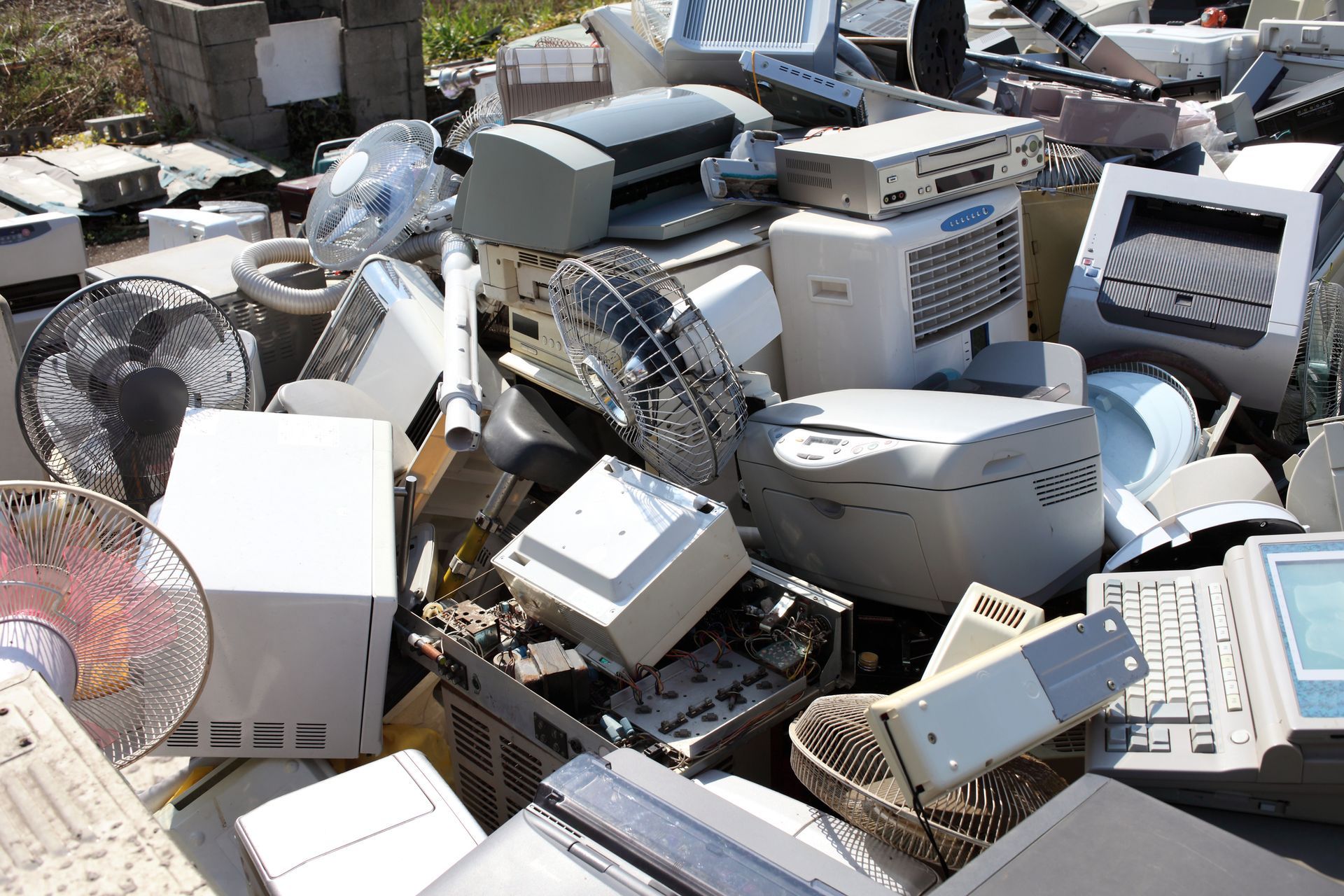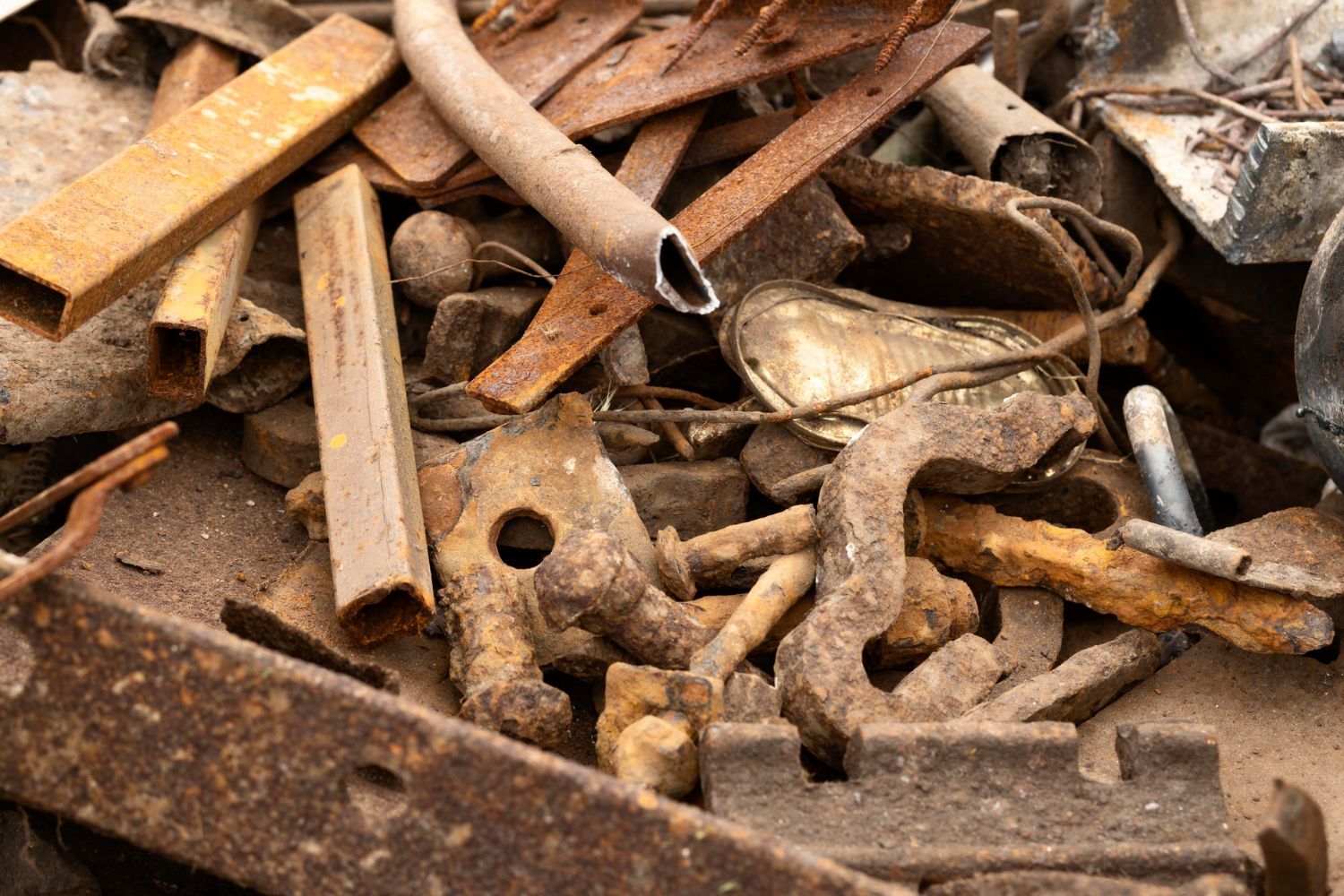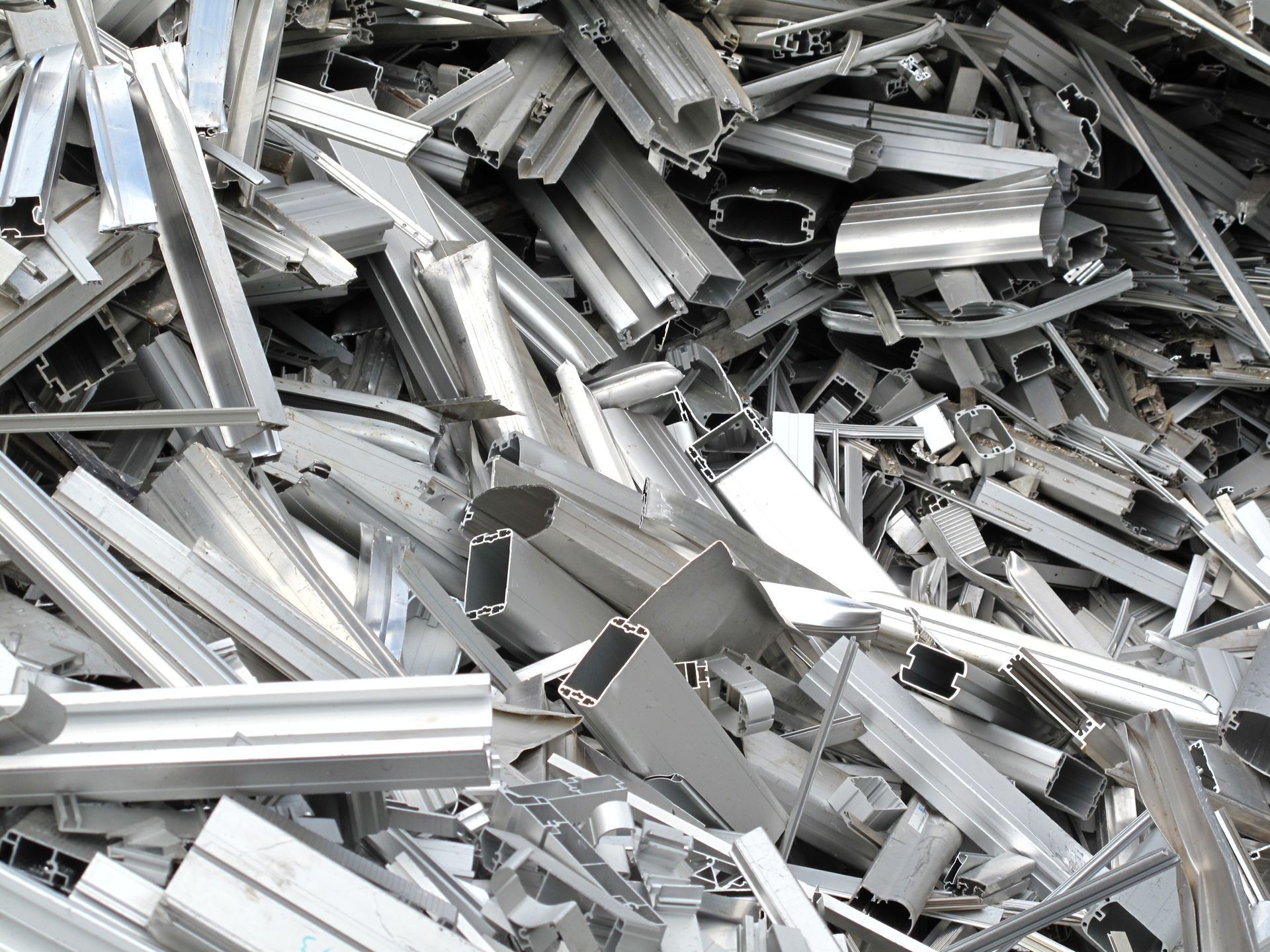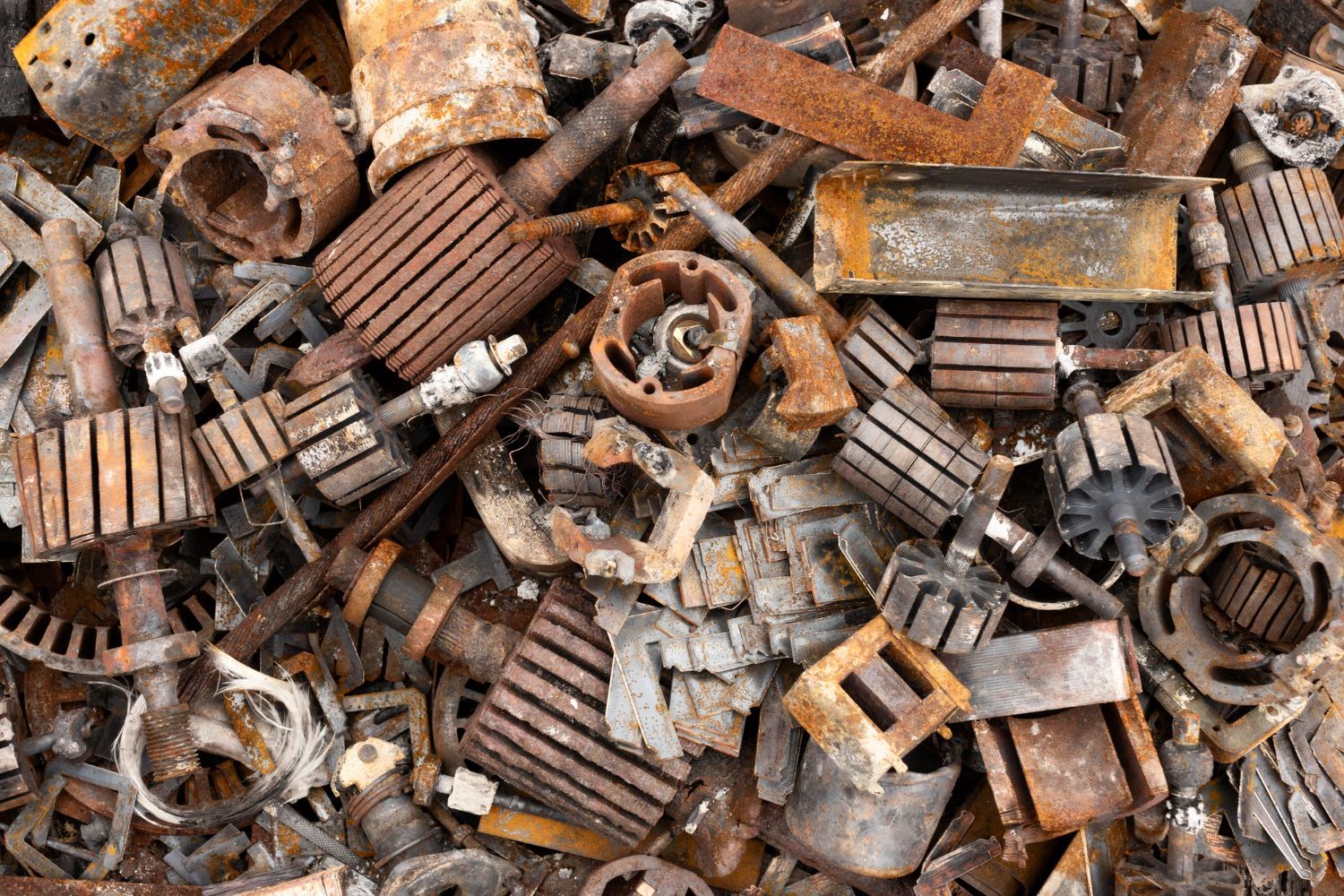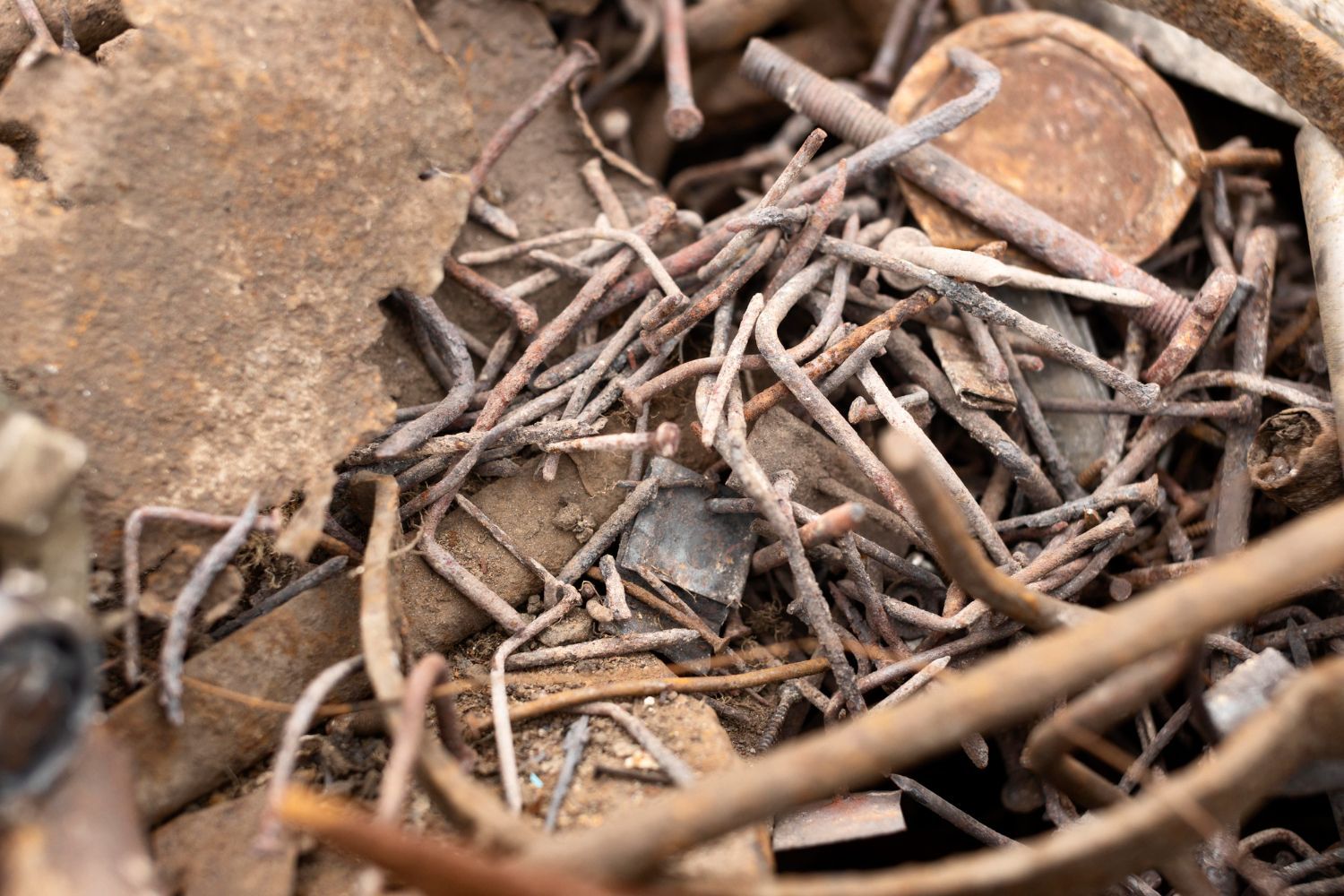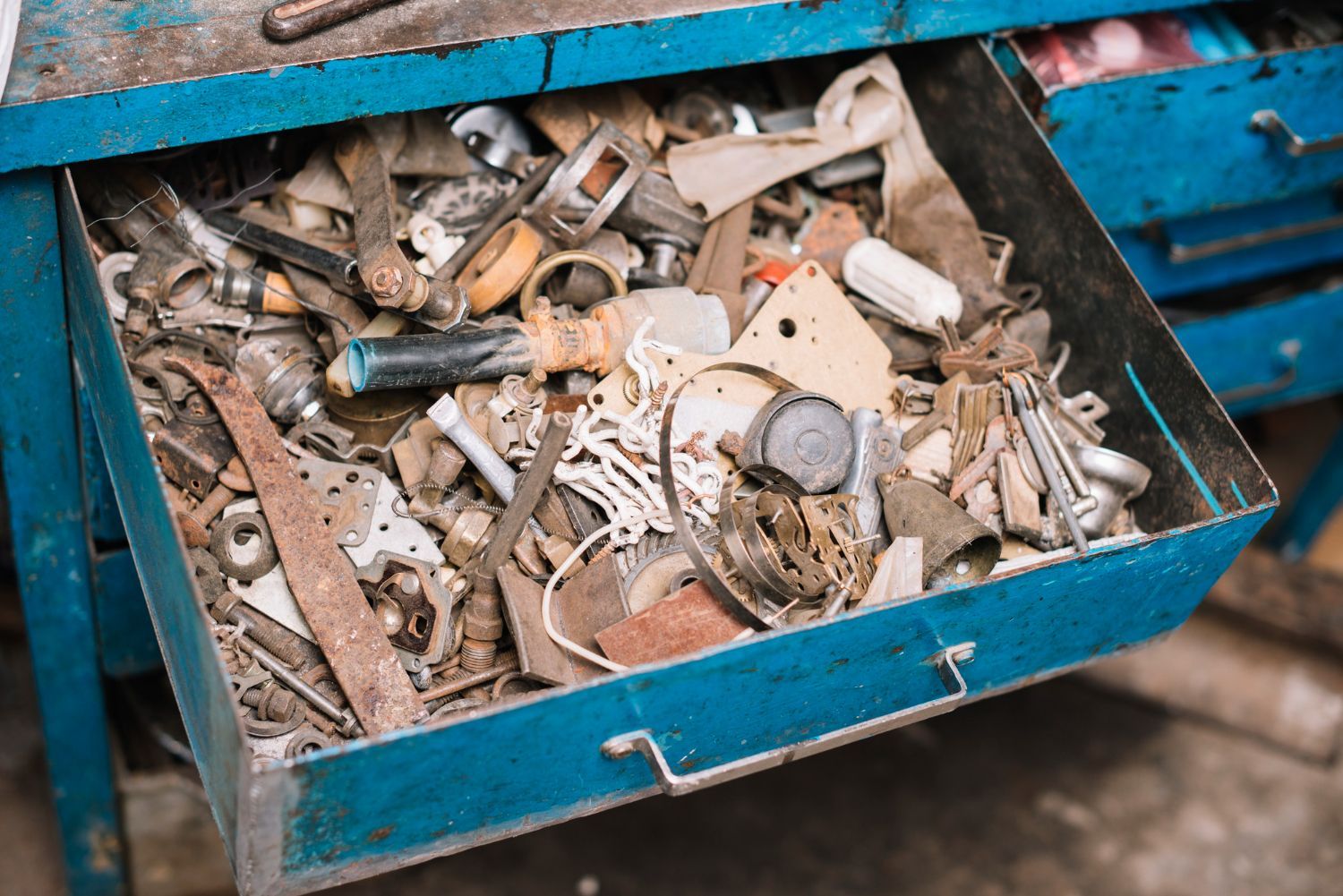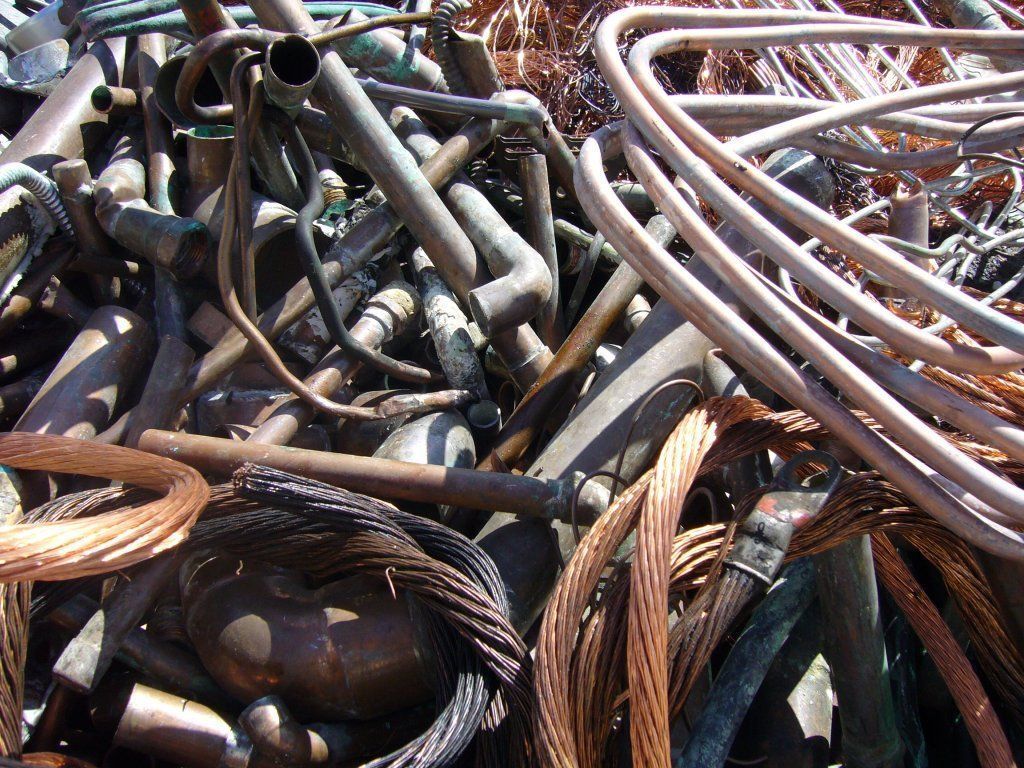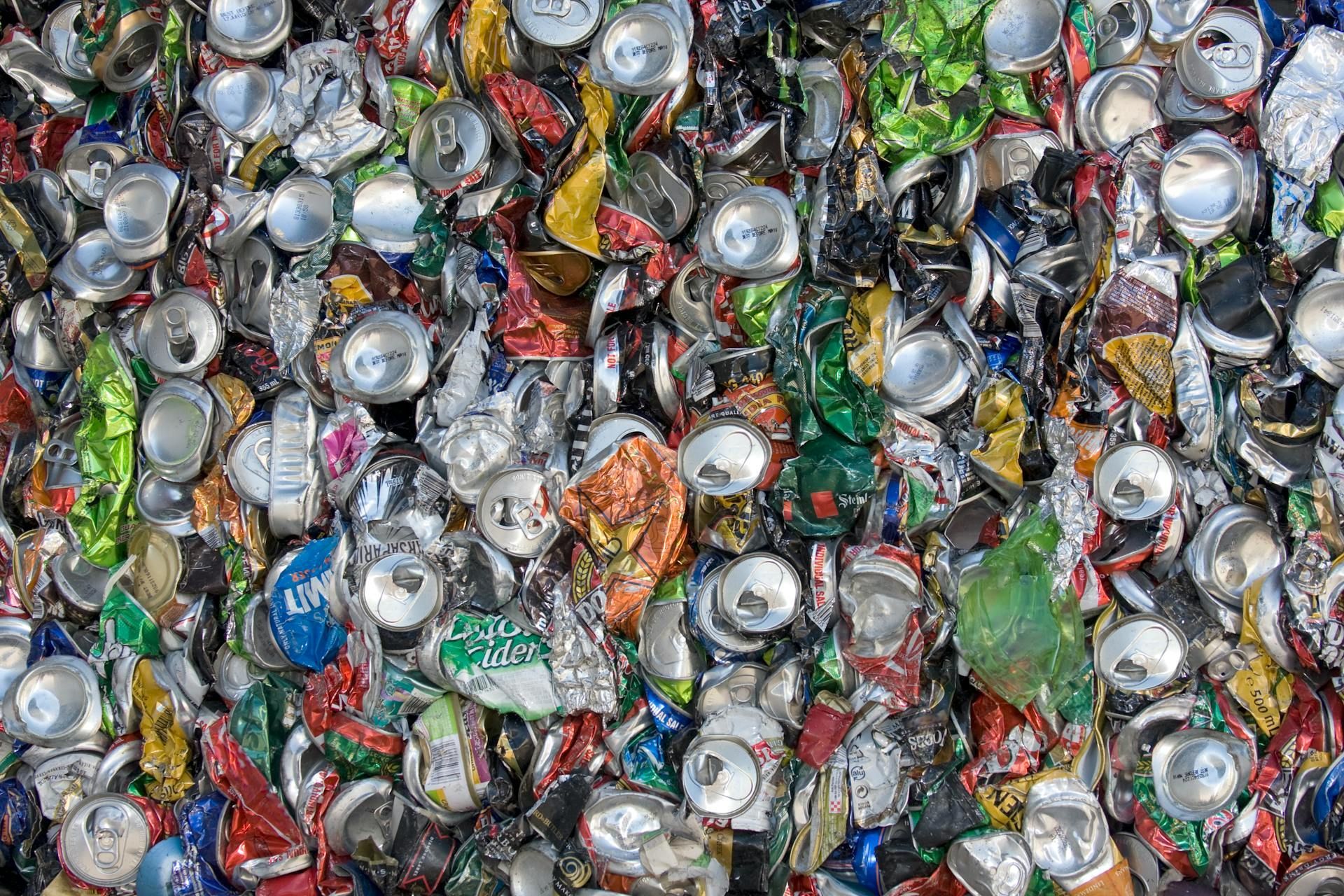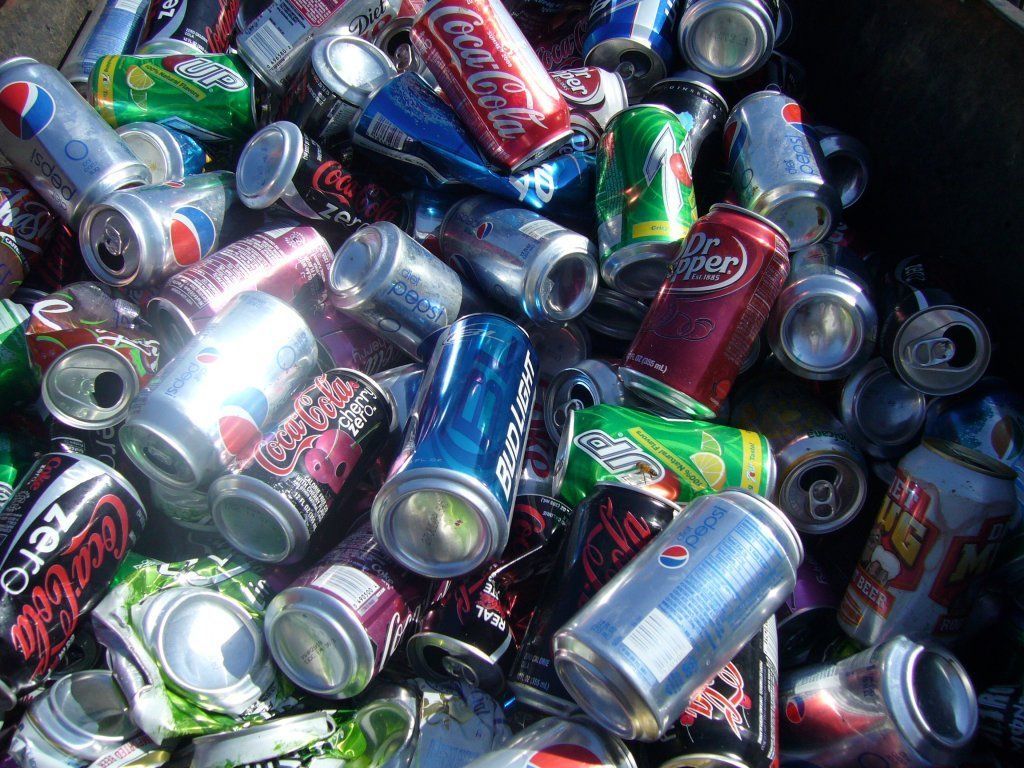3 Amazing Truths About Recycled Steel
Whether or not you currently search for scrap metal to recycle, you probably recognize the importance of steel and its alloys. Steel in various forms is the backbone of construction, manufacturing, and other critical areas. Even if you've never participated in recycling steel, you might be surprised by how integral and sustainable steel really is. Read on to learn three amazing truths about recycled steel.
1. Recycled Steel Retains its Strength
Unlike paper and plastic, steel can be continually recycled without loss of strength and quality. Paper and plastic are famous for their degradation and must be downcycled over time. Downcycling refers to recycling material into a more inferior product. For example, paper fibers grow shorter each time they are recycled and yield a lower quality paper product. Eventually, all that office paper may become paper paste for egg cartons.
Fortunately, steel never degrades as it is recycled. Instead, the unique properties of steel - its strength, consistency, and durability - continue to endure. This important trait ensures that steel can continue to be recycled into the many steel products important in our world. In fact, 60 to 80 million tons of scrap steel are recycled annually in North America.
2. Recycled Steel Saves More
Recycled steel does more than keep steel out of landfills or minimize our need to mine virgin iron ore to create new steel. The steel-making process demands more than iron ore for its furnaces. During the steelmaking process, important natural resources like water, energy, and minerals like coal and limestone are equally taxed.
While the steel recycling process still requires some of these resources, the amounts dwindle in comparison. Consider the resources saved, according to Recycle Nation, when one ton of steel is recycled:
- 2,500 pounds of iron ore
- 120 pounds of limestone
- 1,400 pounds of coal
Additionally, recycling steel means that less fossil fuel energy is required to mine and transport these minerals. As a result, fewer carbon emissions are let into the atmosphere. This reduction in emissions means recycled steel has a smaller impact on the health of our planet's atmosphere.
The steel industry strives to divert this stream of scrap steel into new steel products with fewer resources. Along the way, many steelmakers reuse or recycle many co-products from the steel-making process like water, gasses, slag, and dust. These co-products are put to better use rather than released into the environment or discarded.
3. Recycled Auto Steel is King
Worldwide, the single most popular recycled container is the aluminum can. But did you know steel and iron are the most recycled materials in the world? This phenomenon is due in part to how easily a magnet can separate ferrous steel and iron from other materials during sorting. Plus, steel is a heavily utilized material in many areas like construction, infrastructure, and manufacturing.
Recycled steel from automobiles, especially, is king. Of all the manufactured steel products we use, automobiles are the most recycled consumer product. Over 14 million tons of steel from vehicles are recycled annually. Incredibly, automobiles enjoy a recycle rate of nearly 100 percent. This means the same amount of steel used to make new cars is very near the same amount of steel that is recycled from old cars.
Remember, steel's ability to retain its strength means that recycled steel will continue to play an important part in the manufacture of new automobiles. Despite the tremendous recyclability of steel and other metals, however, only 34 percent of metals overall are recycled.
You can assist with recycling efforts when you locate and bring scrap metal and other materials into the appropriate recycling centers. Bruce Metal and Salvage accepts many kinds of metals like iron, copper, and aluminum, as well as glass and plastic. Call and ask about the competitive prices we offer for your scrap metal.





